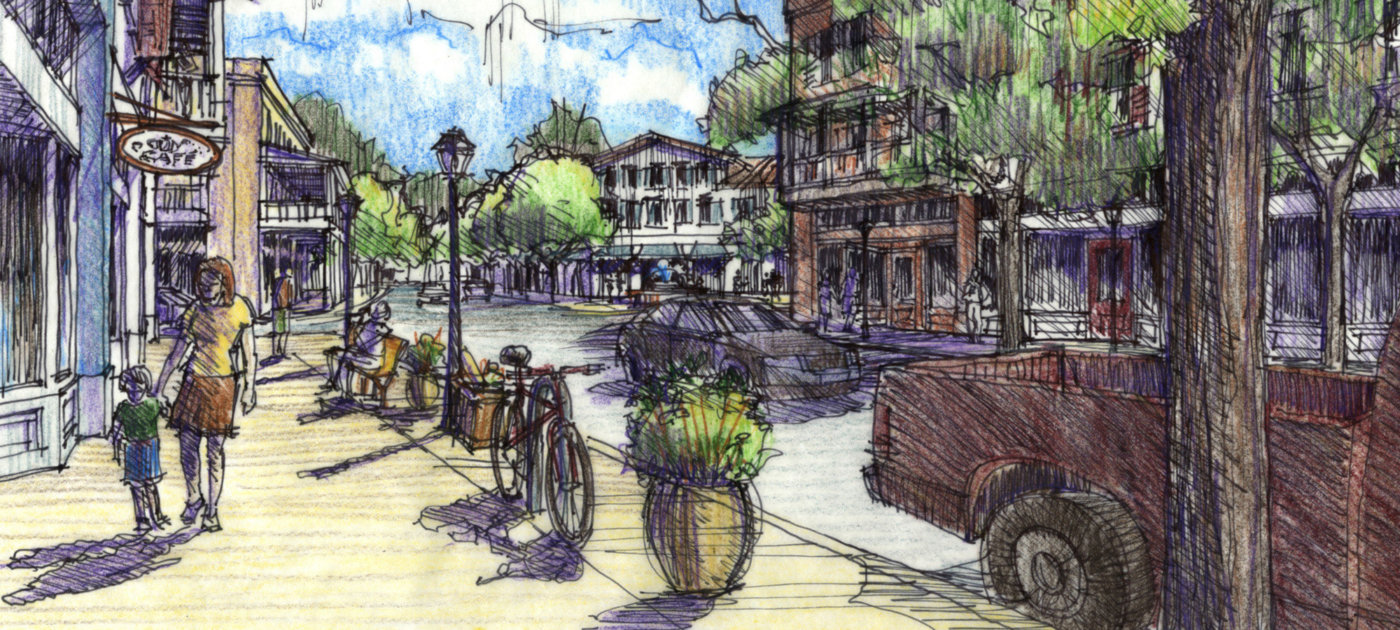-
Award
2015 CNU Charter Award — The Region: Metropolis, City, and Town Merit Award
-
Size
587 square miles; Three jurisdictions
-
Community Engagement
Four multi-day design charrettes
Beaufort’s Multijurisdictional Form-Based Code and Place Types Strategy
Beaufort County, South Carolina
In 2010, the community leaders in Beaufort County came to Opticos with a problem. Over the previous two decades, the area had experienced phenomenal growth, which put unsustainable pressure on infrastructure and public services. Officials were also concerned that the growth was having a negative impact on the natural environment and the quality of life for the people who live there. Opticos joined forces with local leaders to establish a shared, Transect-based Form-Based Code (FBC) to channel growth into existing urbanized areas, preserve rural character and natural resources countywide.
The Challenge: Three governments working independently on the same problem
The region was served by three separate local governments: the rural leadership of Beaufort County, officials in the Town of Port Royal, and urban leaders in the City of Beaufort. All three jurisdictions had done significant planning work in an attempt to preserve the area’s small-town and rural atmosphere, but their separate zoning ordinances were outdated.
We discovered that landowners and developers were “shopping jurisdictions” for favorable responses to their proposals, and that the application of negotiated planned developments was rampant. Crucially, the policies were proving ineffective at controlling the sprawl that threatened the fragile environment of intertidal estuaries.
The Process: Engaging the community and finding common ground
The Opticos team set out to help stakeholders find common ground and identify shared issues and opportunities. An important part of this process was extensive community engagement, including a series of four multi-day charrettes in different areas of the county to talk about the potential outcomes of the new code. This public process encompassed a broad geographic and demographic spectrum, from the unique Gullah communities and heritage found on the rural island of Saint Helena, to the region’s rapidly urbanizing highway corridor to Hilton Head and the quaint town setting of Port Royal.
Through these public and government consultations, we worked to align and interpret each jurisdiction’s respective comprehensive plans into a common language. One of our chief goals was to ensure that rural places would stay rural, and that urban and suburban places would enjoy regenerative infill that was sensitive to neighborhood contexts. We mapped place types that supported the community vision for walkable development, rather than auto-oriented sprawl.
The Result: A multi-jurisdictional Form-Based Code backed by a shared growth framework
The project established a single, precedent-setting, shared regulatory framework that sought to implement walkable places regardless of jurisdictional boundaries. Form-Based Codes were subsequently created and calibrated for each community using this framework.
Using extensive photo documentation, mapping analysis, discussion, and testing, a unique Transect was calibrated to ensure that new development would reinforce the unique characteristics of the county’s distinct rural communities. Shared public realm standards for streets and civic spaces provided tools to create good buildings and great neighborhoods. The three jurisdictions effectively did away with unpredictable Planned Unit Development zoning, in favor of Transect-based development.
This Form-Based Code demonstrates how a well-designed, Transect-based coding platform can be calibrated to implement a shared, regional vision across jurisdictions. In 2012, the code was adopted with little to no opposition in the Town of Port Royal, and soon after in the County in 2013. In 2017, the City of Beaufort adopted its code, closing the loop on the shared regulatory vision.
Today, Beaufort County jurisdictions are “on the same page” with walkability.
“The jury was impressed with the framing of diverse place types, rural to urban, into a format that's easy to understand and with rules appropriate for those places.”
— Joseph Kohl, Jury Chair, 2015 Driehaus Form-Based Codes Award




